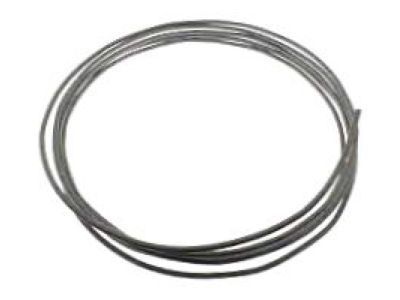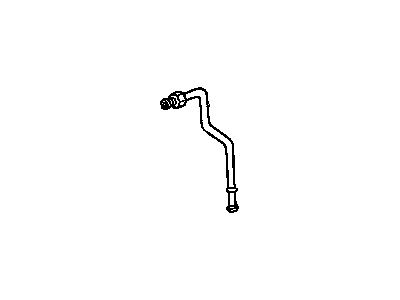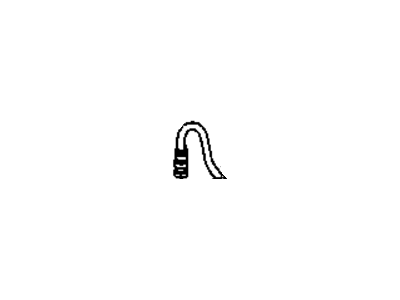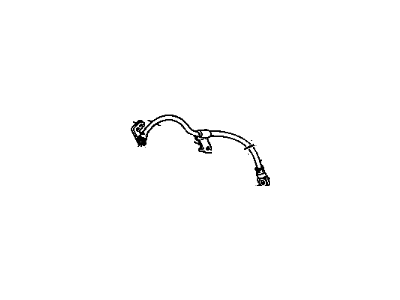
My Garage
My Account
Cart
Genuine Pontiac Fiero Brake Line
Brake Hose- Select Vehicle by Model
- Select Vehicle by VIN
Select Vehicle by Model
orMake
Model
Year
Select Vehicle by VIN
For the most accurate results, select vehicle by your VIN (Vehicle Identification Number).
9 Brake Lines found
Pontiac Fiero Pipe,Brake (Bulk Tubing 5/16" 8Mm)
Part Number: 12541500$39.99 MSRP: $63.76You Save: $23.77 (38%)Ships in 1-3 Business Days
Pontiac Fiero Brake Line
It is a Brake Line that ensures that the brake fluid is conveyed from the master cylinder to the brake caliper pistons in Pontiac Fiero vehicles thereby making the hydraulic braking system to work as expected. This system is important especially in the case where the brake pedal is depressed so as to get efficient stopping of the vehicle. Through history of Pontiac Fiero car, it has made use of diverse kind of Brake Line, these being metal brake line, and ruber brake hose. The above pictures demonstrate the metal lines are vulnerable to corrosion and the abrasive of the road and the rubber hoses on the other end are susceptible to cracking and internal failure due to wear and improper fitting. For performance driving, an enhancement of brake line is recommended especially on braided stainless steel brake line because of its firmer pedal feel than the rubber hoses. If replacement is needed, ready made pre-bent brake line kits manufactured from corrosion resistance stainless steel are available and easier for installation besides, it does meet Pt 9000 specifications of the Pontiac Fiero.
Each OEM Pontiac Fiero Brake Line we offer is competitively priced and comes with the assurance of the manufacturer's warranty for the part. Furthermore, we guarantee the speedy delivery of your orders right to your doorstep. Our hassle-free return policy is also in place for your peace of mind.
Pontiac Fiero Brake Line Parts Questions & Experts Answers
- Q: How often should you inspect the Brake Line and Hydraulic Hose with the front and rear brake calipers on Pontiac Fiero?A:At least twice a year, inspect the flexible hydraulic brake hoses connecting the steel brake lines with the front and rear Brake Calipers for any signs of cracks, chafing, leaks, blisters, or road damage, as these hoses are crucial and susceptible components of the brake system. A thorough inspection using a light and mirror is recommended, and any hose showing damage should be replaced. For the front brake hose, clean the hose and fittings, remove the rivet securing the brake hose clip to the upper A-arm, take off the U-clip from the female fitting at the support bracket, and detach the hose from the caliper, discarding the copper washers. When installing, use new copper washers, lubricate the bolt threads with clean brake fluid, attach the hose to the caliper without twisting, install the U-clip, rivet the brake hose clip back, and ensure there are no kinks in the hose while checking for contact with the suspension during wheel turns. For the rear brake hose, disconnect it from the brake line at the mounting bracket, remove the U-clip, detach the bracket from the strut, and take off the bolt securing the fitting block to the caliper. When installing, attach the hose assembly to the brake line, secure the spring clip, connect the fitting block to the caliper with new copper washers, and reattach the brake line to the strut, ensuring the brake fluid level is maintained and the system is bled. For steel brake lines, various lengths of prefabricated brake line are available, which can be bent by hand or with a tubing bender; if not available, obtain the recommended steel tubing and fittings, measure the old line for length, cut the new tubing with extra length for double-flaring, install fittings, and double-flare the ends before bending to match the old line's shape.













